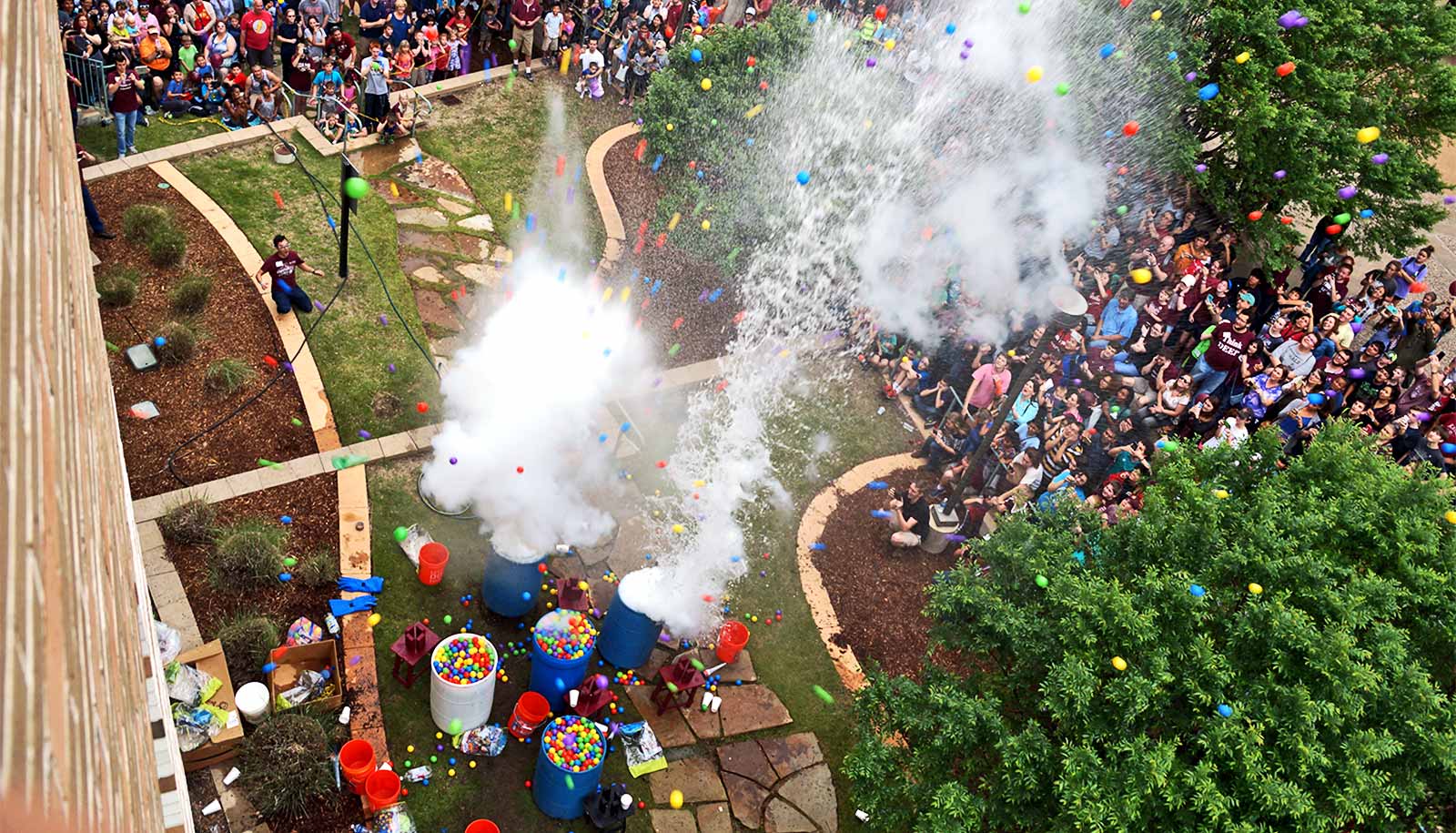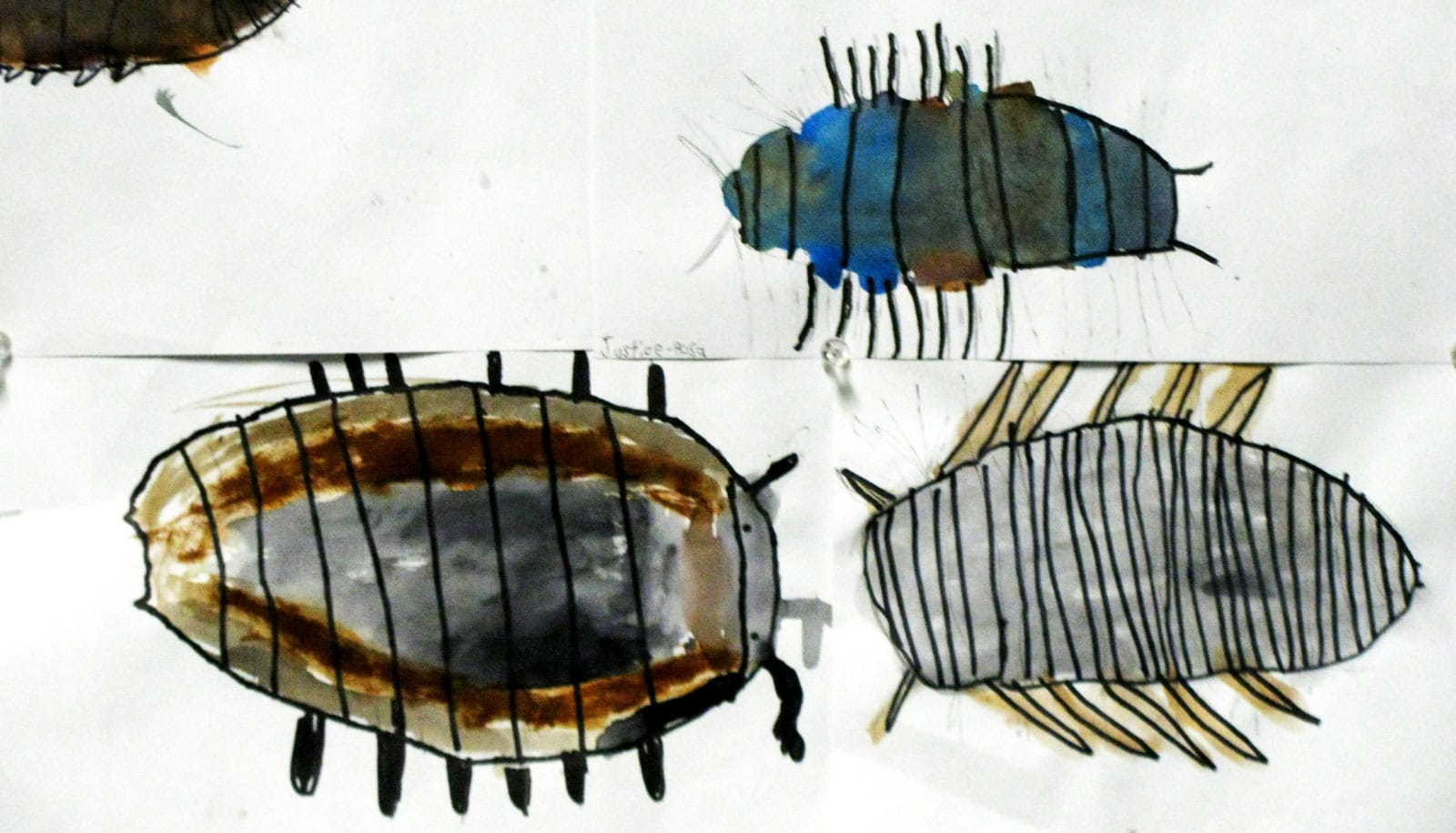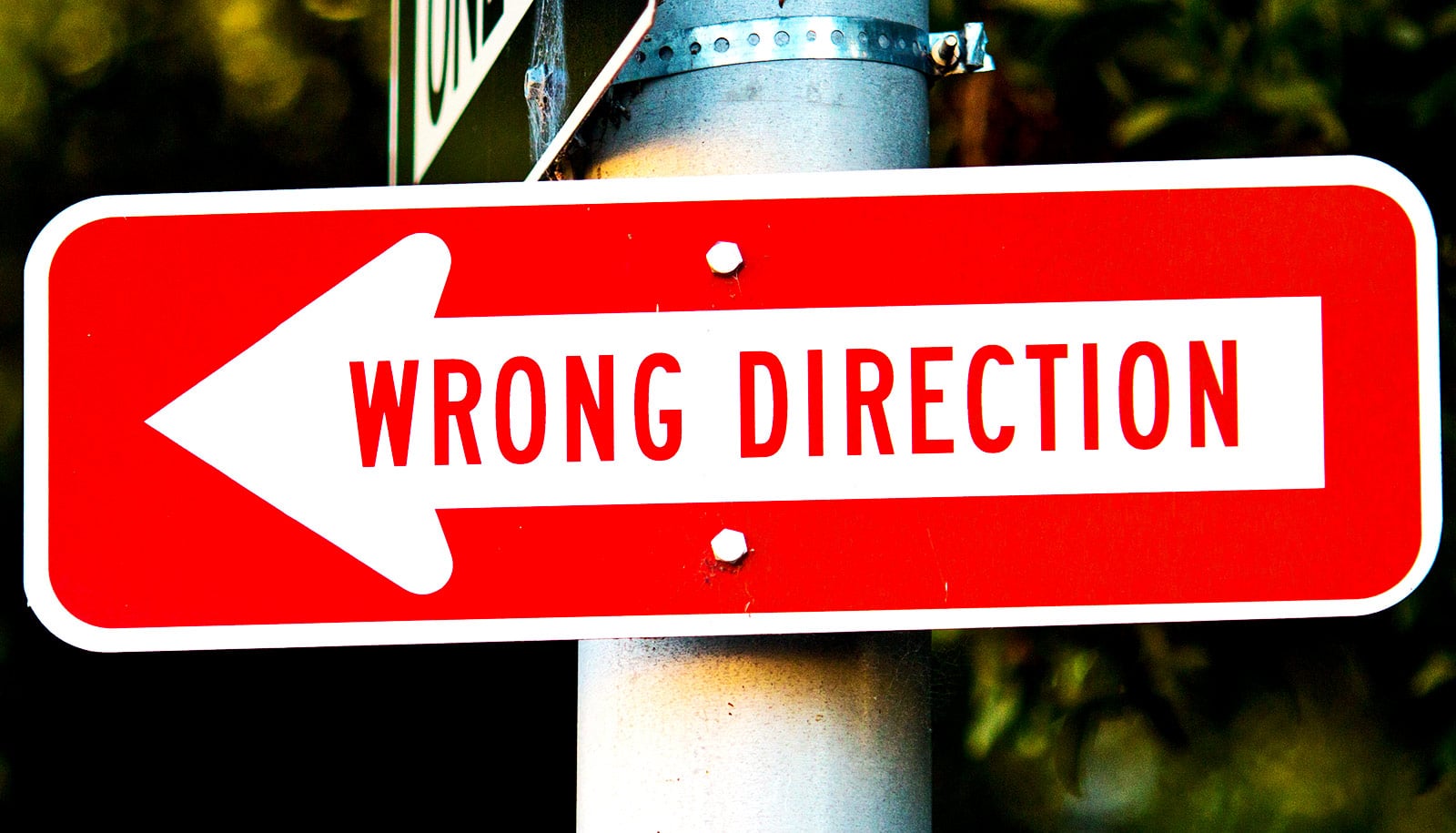Although they sometimes get short shrift in terms of prioritizing, funding, and staffing, physics educational outreach programs are a solid investment with benefits far beyond the institutional bottom line, according to a new study.
For the study, physicists and learning scientists spent roughly two years surveying and interviewing more than 100 undergraduate and graduate students involved in presenting multiple physics outreach programs at Texas A&M University.
In the team’s final analysis, published in the journal Physical Review Physics Education Research, they determined that students gain as much from their experiences as their audiences do, namely positive effects on their identities as science professionals that can offer invaluable insight into their persistence and retention in STEM, not to mention their preparation for 21st century careers in science and other areas.
“Though often considered a low priority public service, university-based physics outreach programs increasingly are being recognized for the direct positive impact they have, not only on audiences and attendees, but also on the students facilitating them,” says corresponding author Tatiana Erukhimova, a physicist and professor for teaching excellence.
“The idea that outreach programs are beneficial only for school children or members of the public is misguided, because it misses a potential transformational educational experience of the university students directly involved in presenting these programs,” she says.
The study, the largest of its kind to date, determined through a combination of completed surveys and follow-up interviews that students experienced an overwhelmingly positive effect on their physics identity, became more confident in their scientific abilities, increased their sense of belonging to the physics community, and developed communication, teamwork, networking, and design skills as a result of helping to facilitate one or more outreach programs.
“The transition from novice to physicist is a lengthy and complex process guided by both formal and informal experiences,” Erukhimova says. “For many, this is a journey that begins with a movement toward becoming a physicist, but subsequently turns in other directions.
“In this work, we observed how participation in informal physics programs can support an individual in becoming a physicist and boost their development through less-structured but critically-important experiential learning.”
Involvement in educational outreach can provide rich teaching opportunities for students, bringing physics beyond the pages of a textbook and challenging them to break down concepts, which potentially promotes a deeper understanding, the study authors note.
In addition, physics outreach programs can provide pathways to enhanced confidence through experiential contexts beyond classrooms and laboratories. By facilitating outreach, students foster skills that promote career readiness, from communication, teamwork, networking, and design skills, to an increased conceptual understanding of physics.
“Our results add to the growing understanding of how informal physics, or outreach, programs provide a platform for broader interactions between individual students and the STEM community and equip university students with the skills needed for the 21st century careers,” Erukhimova says.
“The data may help physics departments across the country design the out-of-classroom experiences of their students in a way that would improve their persistence and retention within STEM disciplines and better prepare them for 21st century careers in science and beyond.”
The College of Science Diversity and Equity Small Grants Program funded the work.
Source: Texas A&M University



